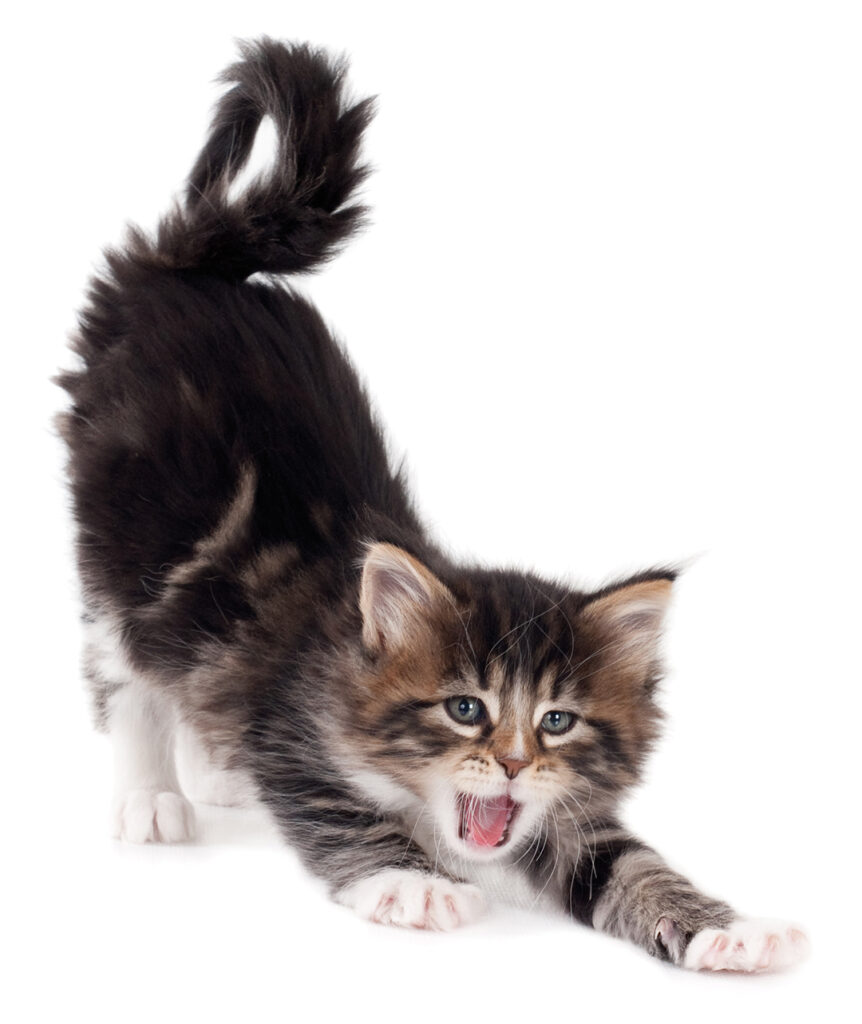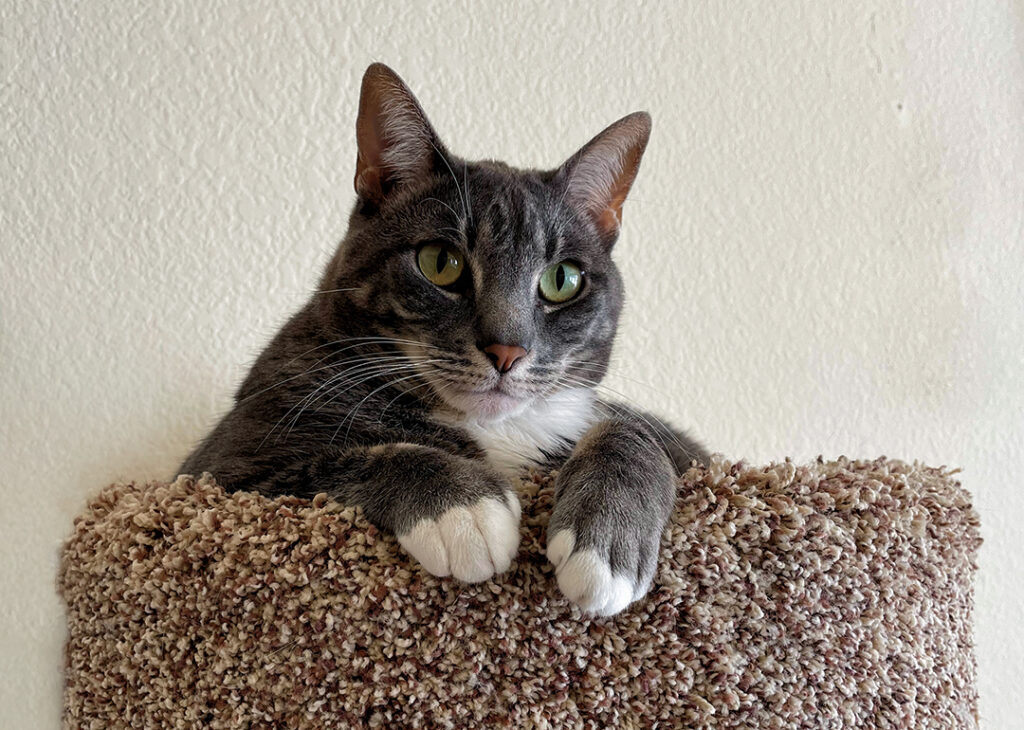Support legislation to ban declawing cats
Declawing is no trip to the spa. It involves amputating the last part of a cat’s 10 front toes and sometimes the 8 back toes as well. A comparison in humans would be cutting off a person’s finger at the last joint.
- Scratching is a natural behavior for cats. Scratching removes the dead husks from cats’ claws, marks territory visually and with scent glands in their paws, and stretches their muscles. Unfortunately, what is natural behavior for a cat often is considered misbehavior by a cat’s human guardian, especially when furniture or other household objects are damaged in the process.
- One in five cats have long-term complications from declaw surgery and 50% have immediate post-surgical complication, according to Washington State Veterinary Medical Association’s summary of veterinary research on declawing. One in three of cats demonstrate at least one behavioral problem after declawing, as reported by their owners.
- The American Animal Hospital Association has stated that it “strongly opposes the declawing of domestic cats,” noting that it is “major surgery involving amputation.”
- Mars Veterinary Health, the largest veterinary hospital systems in the U.S., which operates 2000+ VCA, Banfield, and Blue Pearl clinics and employs 10% of all practicing veterinarians, stopped offering declaw surgery in February 2020. the U.S. “Every medical procedure supported by our veterinary practices has been put in place with the health and well-being of pets in mind and, based on this, we do not support the elective declawing of any animal in our veterinary practices.”
Declawing is bad for cats and bad for people.
- The American Association of Feline Practitioners in its position statement opposing declawing noted: “While it has been suggested that declawing is acceptable to prevent spread of zoonotic disease(s) to immune-compromised people, current research demonstrates the greater value of proper hygiene and parasite control.”
- According to research published in the Journal of Feline Medicine and Surgery in 2018: “Declawing increases the risk of long-term or persistent pain, manifesting as unwanted behaviors such as inappropriate elimination (soiling/urinating outside of the litter box) and aggression/biting. This is not only detrimental to the cat (pain is a major welfare issue and these behaviors are common reasons for relinquishment of cats to shelters) but also has health implications for their human companions, as cat bites can be serious.”
- The National Institutes of Health, Centers for Disease Control and Prevention and Infectious Diseases Society of America jointly stated that declawing is “not advised” to protect the health of even severely immune-compromised patients, including those with HIV. Cat bites carry a dangerously high infection risk to healthy and immunocompromised people alike. According to the Mayo Clinic, one in three patients with cat bites need to be hospitalized. Two-thirds of those hospitalized needed surgery.
It’s time to stop declawing.
- Declawing is still too commonly practiced and not only as a last resort. According to the AVMA’s estimation, vets declaw 24.4% of domestic cats.
- Some veterinarians have opposed government regulation of medical practice decisions. However, declawing is a distinctly injurious and unethical “convenience” procedure that lacks medical purpose. Many U.S. veterinarians continue to declaw despite professional recommendations against it, and clients are often not made aware of its high risk of permanent adverse effects or its controversies.
- Many viable alternatives to declawing exist (such as behavior training, nail caps, double-sided tape applied to furniture), as do numerous options in furniture selection, placement and protection which do not physically or behaviorally harm the cat.

Declawing doesn’t guarantee
a cat will remain in the home.
- The American Veterinary Medical Association posits that declawing should remain as a “last resort” to prevent shelter surrenders and euthanasia. However, the American Association of Feline Practitioners asserts, “There is no current peer-reviewed data definitively proving that cats with destructive behavior are more likely to be euthanized, abandoned or relinquished. The decision of whether or not to declaw should not be impacted by these considerations.” After its review of the data on declawing to date, the Canadian Veterinary Medical Association also stated that declawing “is not considered to be a justifiable alternative to relinquishment.”
- Publicly available intake data for shelters in the cities where declaw bans were enacted shows all shelter systems experiencing lower cat intakes following enactment of the legislation. For example, the Los Angeles municipal shelter documented a 43% reduction in the number of owner-surrendered cats in the five years after the declaw ban was enacted compared to the five years before.
Download a print-friendly PDF of this article
Paw Project Position Statement on Declawing
For more information:
Dr. Jennifer Conrad, DVM
and Dr. Jim Jensvold
info@pawproject.org
Contact the State Director for
HSUS and HSVMA



